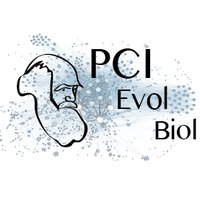Effects of partial selfing on the equilibrium genetic variance, mutation load and inbreeding depression under stabilizing selection
This article has been Reviewed by the following groups
Discuss this preprint
Start a discussion What are Sciety discussions?Listed in
- Evaluated articles (Peer Community in Evolutionary Biology)
Abstract
This preprint has been reviewed and recommended by Peer Community In Evolutionary Biology ( http://dx.doi.org/10.24072/pci.evolbiol.100041 ).
The mating system of a species is expected to have important effects on its genetic diversity. In this paper, we explore the effects of partial selfing on the equilibrium genetic variance V g , mutation load L and inbreeding depression δ under stabilizing selection acting on a arbitrary number n of quantitative traits coded by biallelic loci with additive effects. Overall, our model predicts a decrease in the equilibrium genetic variance with increasing selfing rates; however, the relationship between self-fertilization and the variables of interest depends on the strength of associations between loci, and three different regimes are observed. When the U / n ratio is low (where U is the total haploid mutation rate on selected traits) and effective recombination rates are sufficiently high, genetic associations between loci are negligible and the genetic variance, mutation load and inbreeding depression are well predicted by approximations based on single-locus models. For higher values of U / n and/or lower effective recombination, moderate genetic associations generated by epistasis tend to increase V g , L and δ , this regime being well predicted by approximations including the effects of pairwise associations between loci. For yet higher values of U / n and/or lower effective recombination, a different regime is reached under which the maintenance of coadapted gene complexes reduces V g , L and δ . Simulations indicate that the values of V g , L and δ are little affected by assumptions regarding the number of possible alleles per locus.


